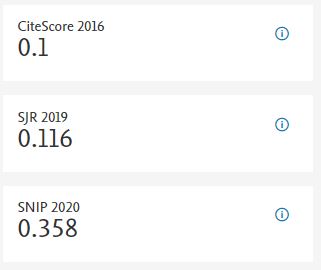SMART CITY DIMENSIONS: A STUDY OF SMART TOURISM AND SMART GOVERNANCE FOR BUILDING A CONCEPTUAL FRAMEWORK
Abstract
Nearly one-third of the human population worldwide is expected to live in urban areas by 2050, up from over fifty per cent in 2010, According to Bakc, T. et al. (2012). Rapid growth in population pushes cities to discover more effective solutions to deal with problems like congestion, pollutants in the air, high crime rates, hazardous waste management, exorbitant energy use, and other issues. As an intelligent reaction to the urbanization crisis facing the city, the notion of the smart city is proposed. For an urban area to operate effectively and be articulated by modern communication and information technologies in its many different verticals, it must provide ongoing effective services to its population in order to build a smart city, according to Anavitarte&Tratz-Ryan's (2010) study.














